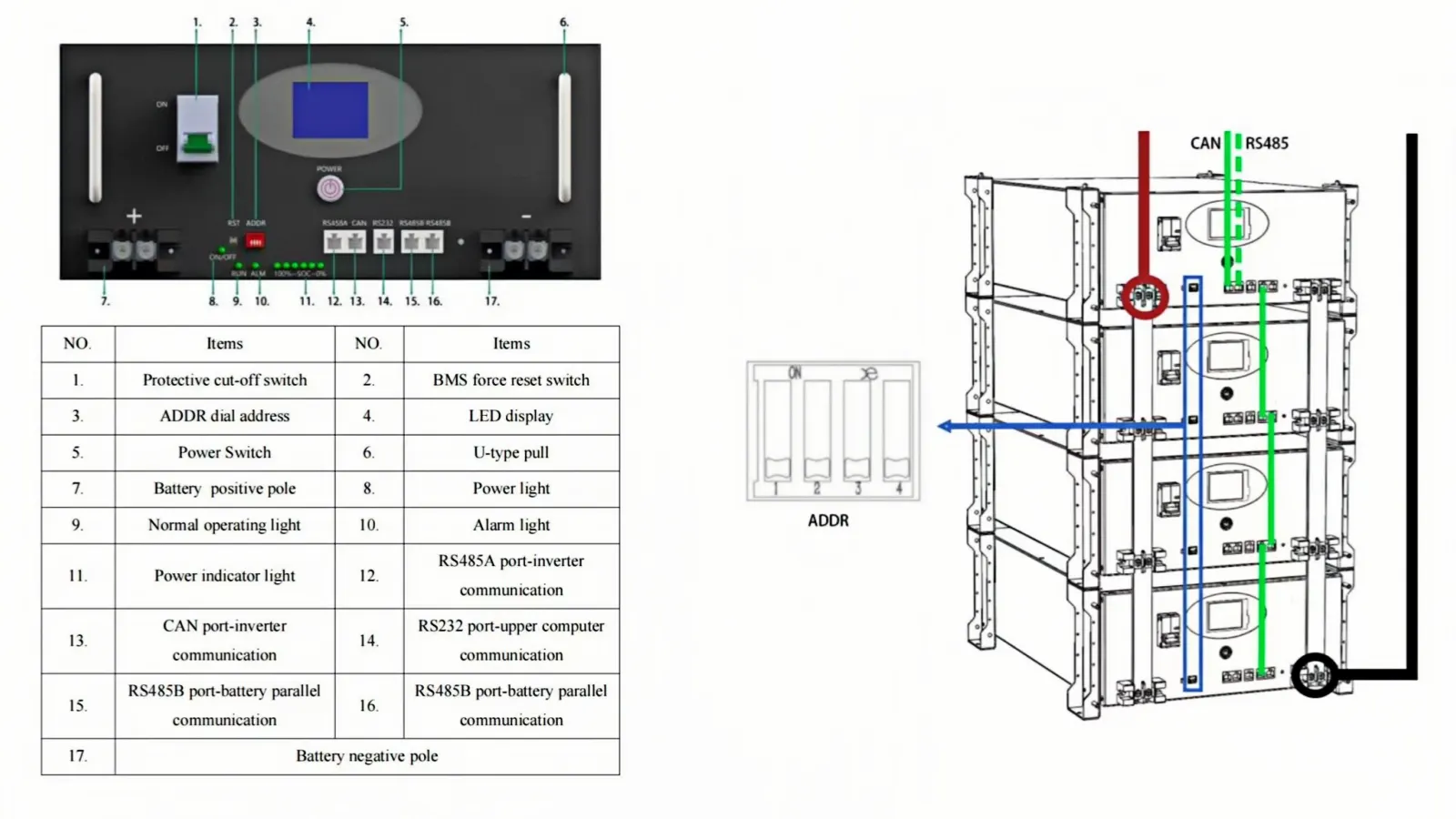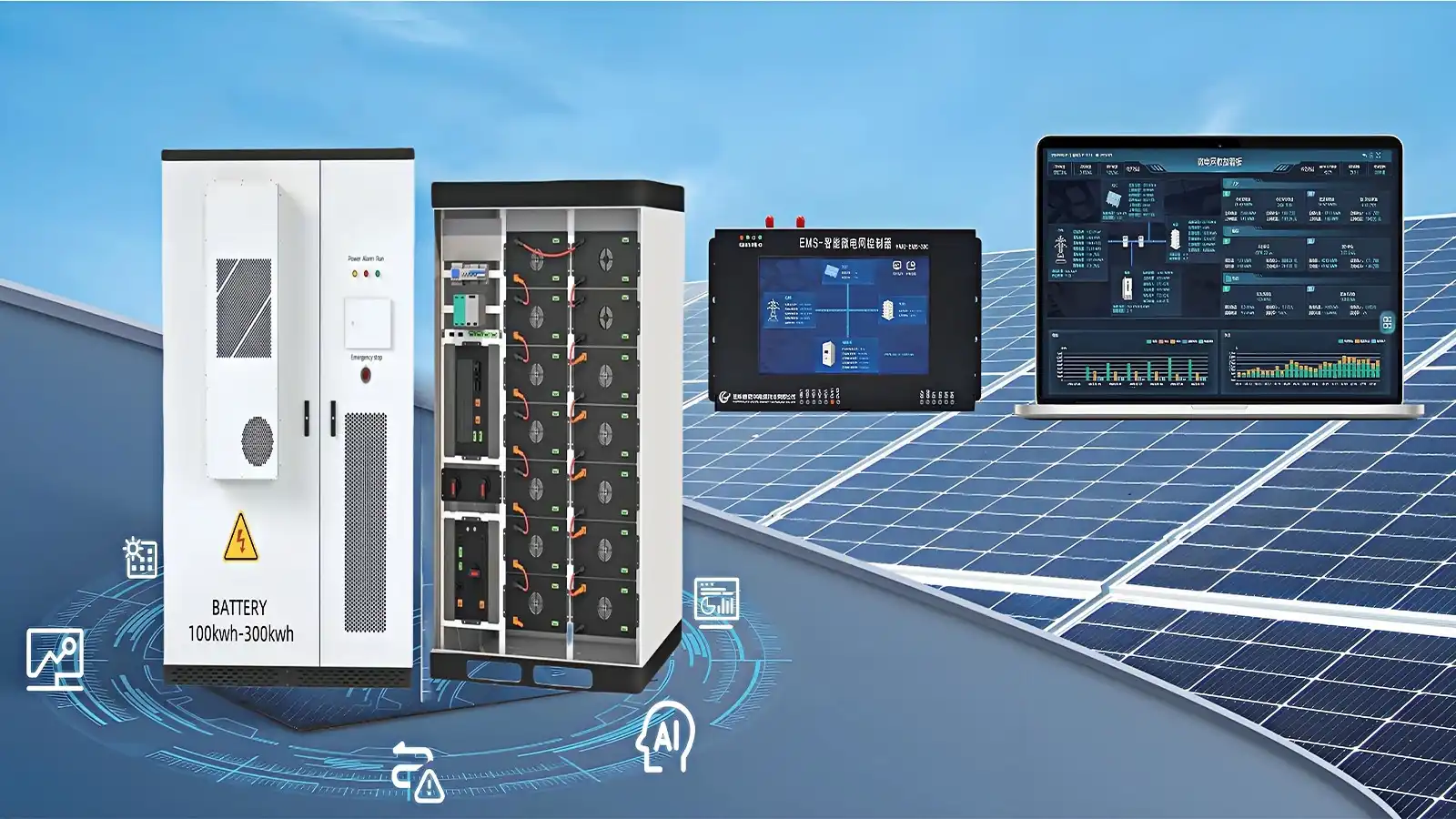Powering the Future: How kWh and GWh Redefine Energy Storage
2025-03-15
HEXI
In an era where renewable energy adoption grows 8% annually (IEA 2023) and global EV sales surpass 14 million units (BloombergNEF), understanding energy metrics becomes critical for informed decision-making. Let's demystify two fundamental units shaping our energy transition

1. The Everyday Unit: Kilowatt-Hour (kWh)
Definition: 1 kWh represents 1,000 watts of power sustained for one hour, equivalent to 3.6 million joules
Household Context: The average European household consumes ~3,500 kWh annually
Practical Applications of 2 kWh:
Powers a modern laptop for 80–100 hours
Charges an iPhone 15 (~3,349 mAh battery) 220 times
Sustains an ENERGY STAR® refrigerator for 4.5 hours
This modular capacity supports portable power solutions for camping or emergency backup systems.
2. The Infrastructure Powerhouse: Gigawatt-Hour (GWh)
Scaling Up: 1 GWh = 1 million kWh = 3.6 petajoules
Urban Demand: London’s daily electricity consumption reaches ~35 GWh
Impact of 2 GWh:
Powers 55,000 UK homes for 24 hours
Equivalent to 148,000+ Tesla Powerwall 2 units (13.5 kWh each)
Stores output from a 600 MW solar farm for 3.3 hours
Utility-scale systems stabilize grids for cities of 1.5 million people or industrial complexes requiring 80–120 MW loads
3. Bridging the Gap: Challenges in Energy Storage Scaling
Capacity Demand: Global battery storage must reach 1,400 GWh by 2030 to meet climate targets
Cost Disparity: Residential storage costs are 100x higher than utility-scale solutions
Technological Hurdles: Innovations like solid-state batteries aim to improve energy density and safety while breakthroughs in hydrogen storage materials (e.g., MgH₂) seek to optimize kinetics and capacity
4. Future Frontiers in Energy Storage
AI-Driven Energy Demand: Data centers could consume 1.05 trillion kWh daily by 2026—equivalent to Japan’s annual usage This underscores the urgency for efficient storage to balance intermittent renewables.
Thermal Management: Advanced battery cooling systems (e.g., phase-change materials) mitigate heat-related degradation
Grid Integration: Hybrid systems combining lithium-ion batteries with pumped hydro or compressed air storage enhance grid resilience
From powering smartphones to sustaining megacities, the kWh-GWh continuum defines our energy capabilities. As nations accelerate decarbonization, scaling storage solutions will hinge on cost reduction, material innovation, and intelligent grid design
Achieved a 30% reduction in energy costs within the first year.
Decreased carbon emissions by 20%, contributing to sustainability goals.
Significantly enhanced operational efficiency and reliability.
This success story underscores the transformative potential of innovative energy storage solutions for businesses.
Are you facing similar challenges with energy costs or operational inefficiencies? Let’s connect—I’d love to explore how we can help you achieve your energy and sustainability goals!


